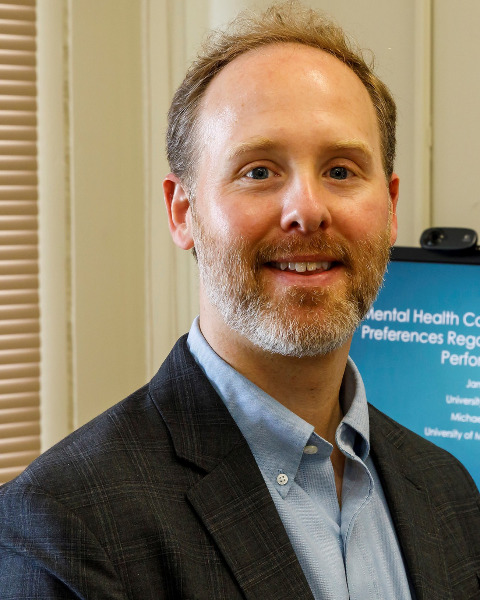Treatment - Other
(PS14-97) Social Determinants of Health in Routine Outpatient Mental Health: A Preliminary Study of Prevalence and Measure Characteristics
- SA
Syed Aajmain, M.A.
Graduate Student
University at Albany, State University of New York
Albany, New York, United States 
James F. Boswell, Ph.D.
Associate Professor and Director of Clinical Training
University at Albany, State University of New York
Albany, New York, United States.jpg)
Bethany A. Crawford, M.A.
Graduate Student
University at Albany, State University of New York
Albany, New York, United States
Mitch S. Earleywine, Ph.D.
Professor of Psychology
University at Albany, State University of New York
Albany, New York, United States
Author(s)
Co-Author(s)
Background: Social determinants of health (SDOH) are conditions in the environment in which people live and work that influence health risks and outcomes (Alcántara et al., 2020; Braveman et al., 2011). These include a range of social, economic, psychosocial, and behavioral factors such as food insecurity, hazardous housing, and financial resource strain. Such factors account for variance in numerous health outcomes, including life expectancy and quality of life (Hood et al., 2016). Studies in university student populations also demonstrate that unmet SDOH needs are associated with poorer self-assessed general health as well as higher anxiety and depression symptom severity (Johnson, 2020; Johnson et al., 2021). However, little is known about SDOH in the context of routine outpatient psychotherapy, and less is known about the psychometric properties of commonly used SDOH items. The current study examined the prevalence of SDOH need endorsement across different patient subgroups, and explored the internal consistency and factorability of a commonly used SDOH assessment tool.
Method: This study used routinely collected data from treatment seeking adults presenting at a county community mental health clinic (N = 247; 57.1% White; 49.4% male; average age = 47.98 years [SD = 13.43]). In addition to providing demographic information, patients completed the 10-item Health Leads Social Needs Screening Toolkit (Health Leads, 2016). All items require a binary Yes or No response to an identified social need (e.g., concern about housing stability; reliable transportation to health care appointments).
Results: Nearly half (47.8%) of patients endorsed at least one unmet SDOH need. Additionally, patients with non-psychotic disorders reported unmet SDOH needs at a higher rate than patients with psychotic disorders. Given the binary nature of the response scale, McDonald’s Omega was used to examine internal consistency, and the result was in the adequate range (Omega = 0.68). Results from a polychoric parallel analysis supported the presence of a single SDOH component/factor, which provides preliminarily evidence for the acceptability of a total SDOH score in future research.
Discussion: Study findings indicate that unmet SDOH needs appear frequently in outpatient mental health care and likely require more explicit attention from outpatient psychologists. In addition, the Health Leads screening tool possesses adequate internal consistency and factorability, which supports continued use in practice and research contexts.

.png)
